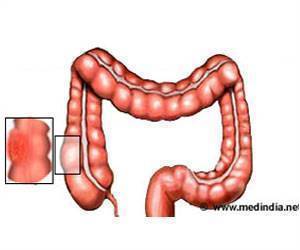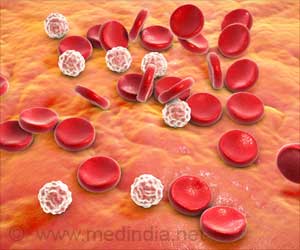Cells have developed myriad ways of regulating the processes over millions of years of evolution, that enable them to thrive.

‘Let-7 is of special interest because its deactivation in cancer cells is thought by some to confer upon those cells the stem cell-like property of being able to proliferate indefinitely.’





Research published July 3, 2017 by structural biologists at Cold Spring Harbor Laboratory (CSHL) sheds light on how one such conserved mechanism works, with implications for the development of new cancer drugs.Led by CSHL Professor and Howard Hughes Medical Institute Investigator Leemor Joshua-Tor, the team used x-ray crystallography to capture the equivalent of freeze-frames of a class of enzymes called TUTases. The pictures, at the resolution of individual atoms, shows them interacting with other molecules to regulate the activity of an important small RNA molecule called let-7.
Let-7, a microRNA, is a regulator of genes important in development. When expressed in humans, it's part of the process in which our stem cells differentiate into the various specialized cell types that populate our organs. In contexts in which it's important for stem cells to maintain their "stem-ness" - their ability to give rise indefinitely to more stem cells - let-7 needs to be deactivated.
This has focused attention on understanding the mechanisms regulating whether let-7 is active or inactive.
The team's pictures show how TUT4 and TUT7 - two of the TUTase enzymes - act differently in the two contexts. In a differentiating cell, the TUTases correct a small genetically induced defect in the sequence of many let-7 precursors, enabling mature let-7 microRNAs to be generated. Those defects are ameliorated when a TUTase adds a single uridine ("u") molecule to the sequence of a let-7 precursor.
Advertisement
Joshua-Tor explains that TUTases are promising targets for new cancer therapies. In kidney and lung cancer cells, for example, in which let-7 levels are far below normal, TUTases involved in marking let-7 for destruction could perhaps be inhibited. Having extremely high resolution images of how they act in the molecular dance should help in that effort.
Advertisement
Source-Eurekalert














